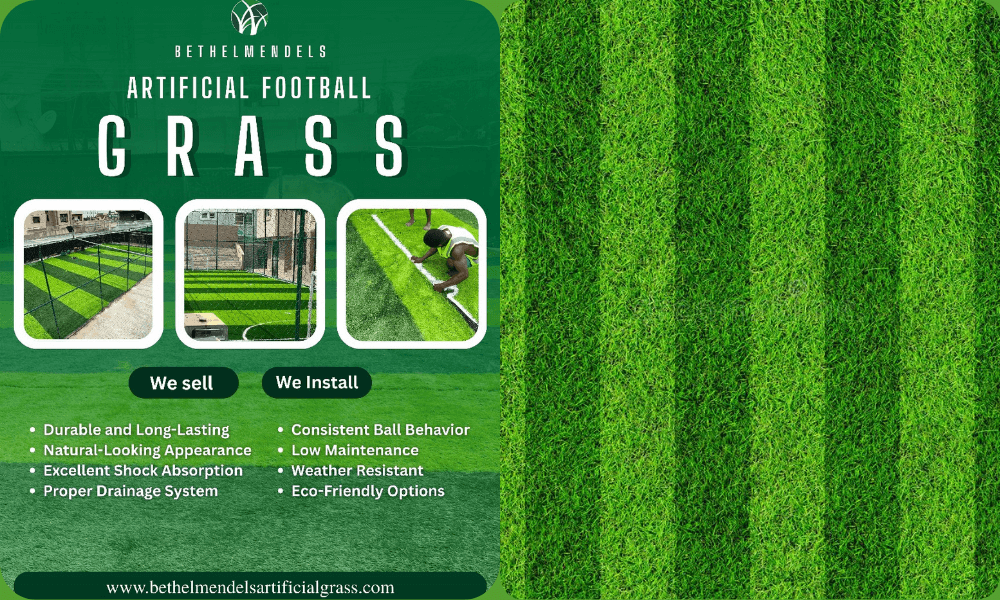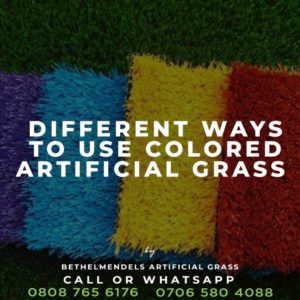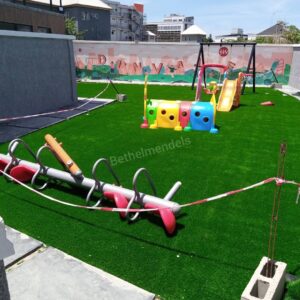Gone are the days of cancelled matches and ruined boots due to soggy, unplayable fields. With modern artificial football grass, footballers and coaches alike are enjoying consistent, durable surfaces year-round—regardless of the weather. Whether you’re managing a local pitch or a professional training ground, synthetic turf is fast becoming the standard for dependable play.
This blog explores how artificial football grass is revolutionizing the game by eliminating weather-related disruptions and providing high-performance surfaces all year long.
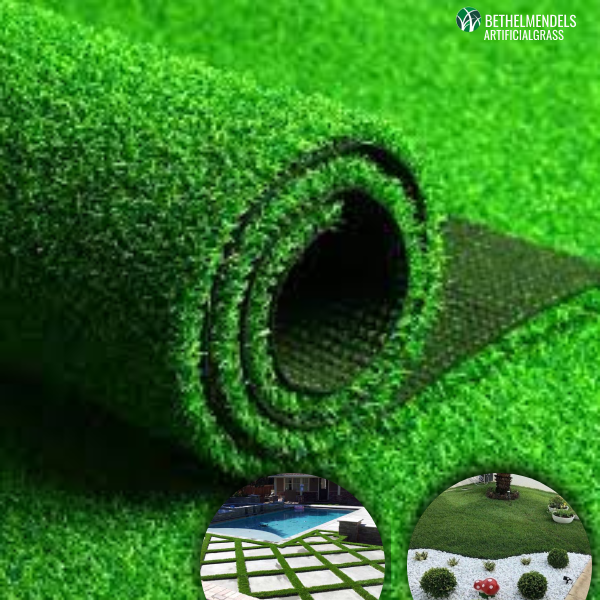
What Is Artificial Football Grass?
Artificial football turf is a synthetic playing surface designed to replicate the feel and performance of natural turf. Unlike older-generation turf, today’s options feature:
- UV-resistant polyethylene or polypropylene blades
- Infill layers for shock absorption
- Perforated backing for drainage
This combination provides a stable, cushioned surface that handles regular use without turning into a mud pit.
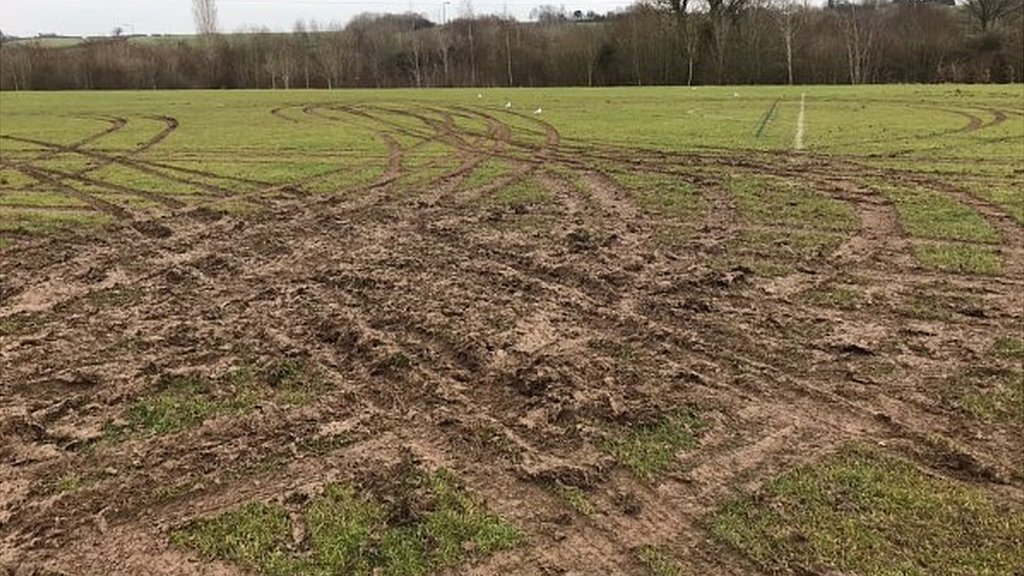
Why Natural Grass Fails in Harsh Weather
Natural grass, while visually appealing, can be unpredictable in wet or cold conditions. Rain turns fields into slippery hazards, while overuse leads to bald spots, compacted soil, and dangerous divots.
Key issues with natural turf:
- Poor drainage causes waterlogging
- Surface becomes uneven with repeated use
- Maintenance costs skyrocket during rainy seasons
Artificial football turf solves all of these problems with smart design and engineered materials.
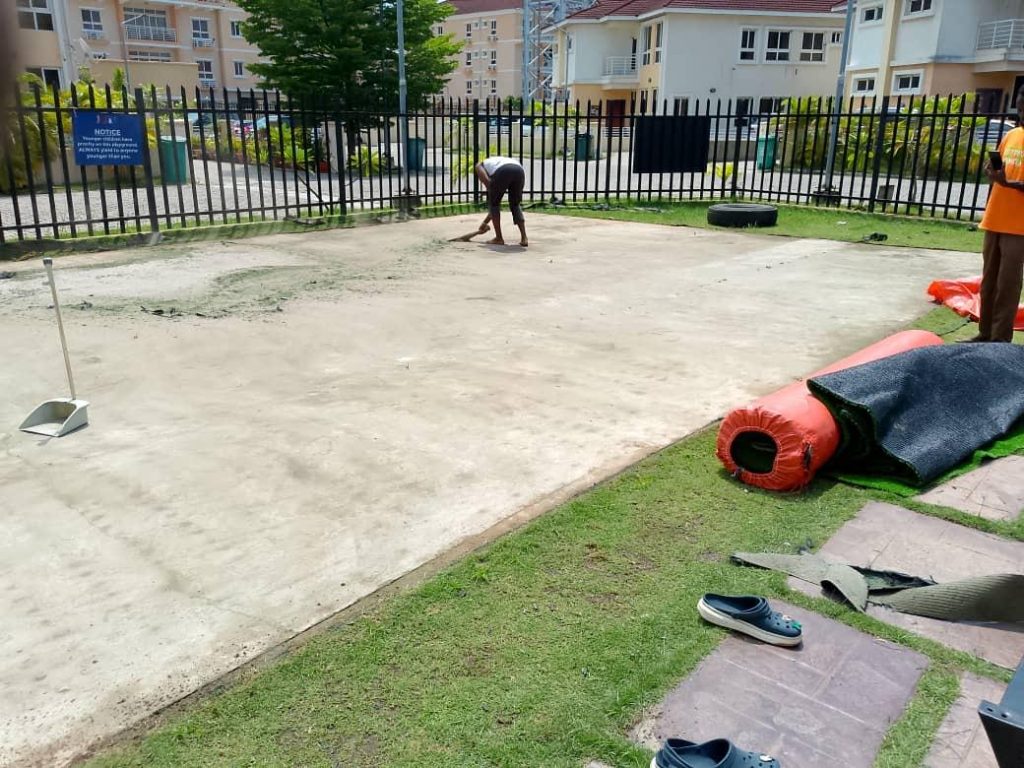
All-Weather Durability with Artificial Football Grass
The biggest benefit of synthetic turf? Reliable play in any weather. Whether it’s raining, frosty, or blazing hot, artificial football grass offers:
- Fast-draining sub-layers to prevent pooling
- No mud, even in torrential rain
- Uniform surface that resists wear
This ensures matches and training sessions continue without compromise—saving time, energy, and money.
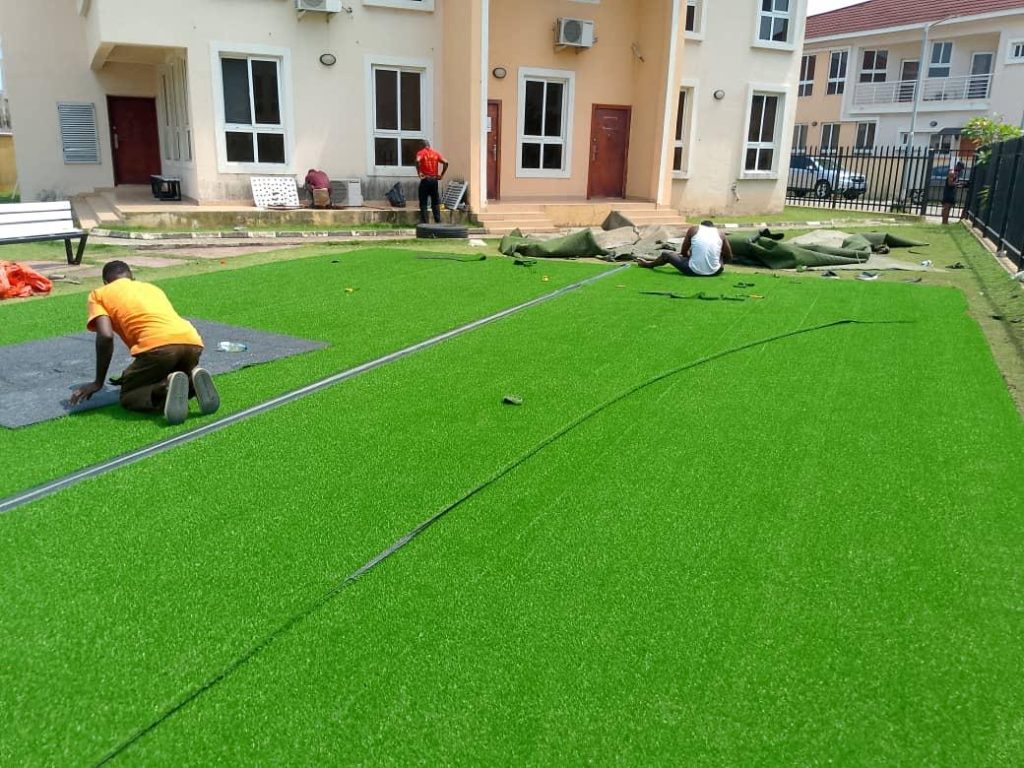
Consistent Performance = Better Training
Inconsistent natural pitches make it hard to build skills. Uneven bounce, slippery footing, and patchy areas throw off player rhythm and increase injury risk.
With artificial football turf, players benefit from:
- True ball roll and bounce
- Consistent footing for footwork drills
- Minimal surface-related injuries
Coaches can run structured training sessions regardless of recent weather conditions.
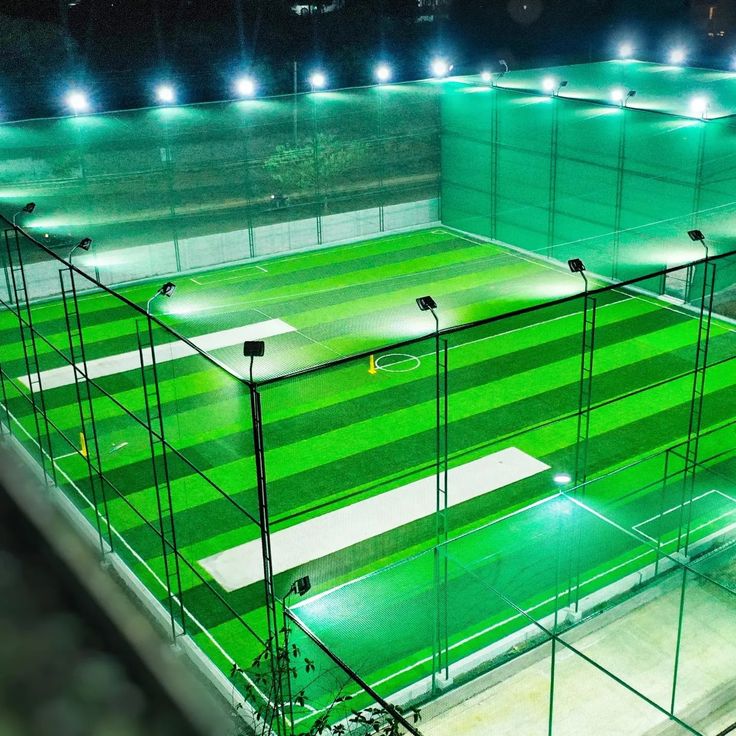
Low Maintenance, Long-Term Gains
Maintaining real turf is costly and time-consuming. Artificial surfaces reduce this burden dramatically.
Advantages include:
- No mowing or watering
- Minimal repairs or rest periods
- Lower long-term upkeep costs
Though the initial investment in artificial football grass may be higher, it pays off through durability and reduced maintenance over the years.
Where You’ll Use Artificial Football Grass
Today, artificial turf is widely used in:
- School pitches and academies
- Community sports centers
- Indoor arenas
- Professional training facilities
Its consistent performance and all-weather readiness make it a go-to solution across all levels of the sport.
With artificial football grass, muddy, uneven pitches are a thing of the past. Coaches can plan with confidence, players can train with precision, and games go on no matter the weather. It’s time to upgrade your field and embrace the future of football—where rain never cancels play.
Need help choosing the right turf or installing a new pitch? Let me know and I’ll guide you through the next steps.

